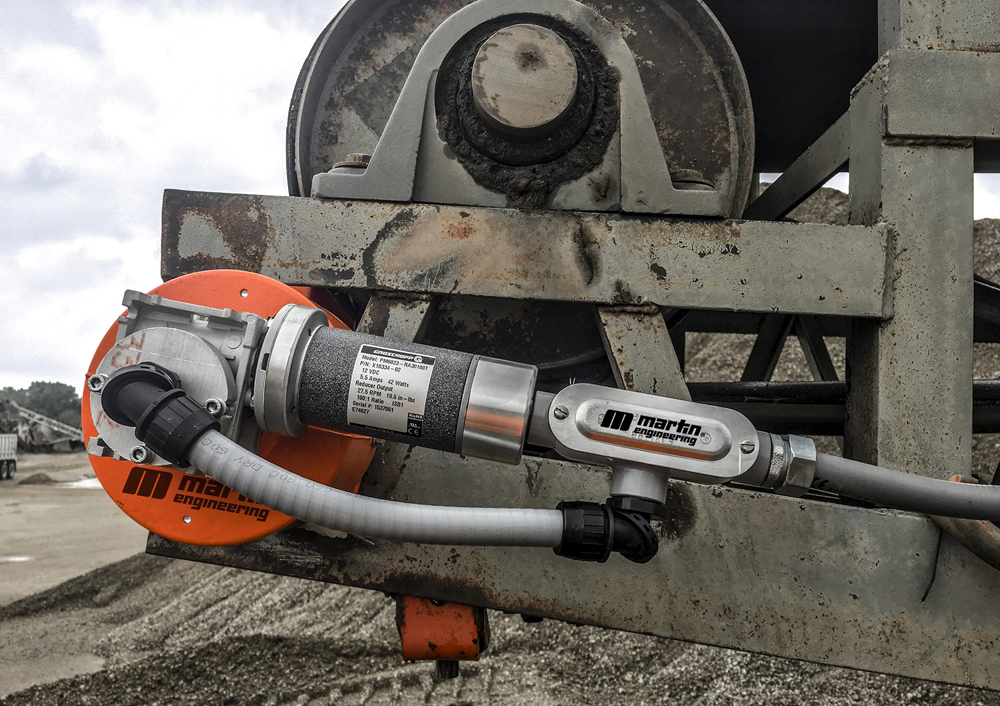
Located on the head pulley, primary belt cleaners commonly have a twist, ratchet or spring tensioner to ensure the cleaner blade stays in consistent contact with the conveyor belt for proper cleaning and material discharge. Before the new design, belt tensioners had to be monitored and adjusted manually in some applications daily to maintain optimum pressure and carryback removal. Estimating when blades needed changing was often a guessing game that, if left too long, could lead to belt damage.
Inadequate tensioning causes carryback to cling to the belt and spill along its path, piling up under the conveyor and emitting excessive dust. This requires extra labour for cleanup and can affect air quality. Furthermore, over-tensioning leads to friction damage to the carrying side of the belt, premature blade wear and potential splice damage. Both scenarios create unsafe work conditions and raise the cost of operation significantly.
The N2 Twist Tensioner automatically maintains precise cleaning pressure throughout the entire life of the blade. The tensioner applies the proper amount of torque to deliver optimum cleaning pressure at the blade tip, supporting the Constant Angle Radial Pressure (CARP) cleaner design that withstands the force of heavy bulk cargo but retains a consistently tight seal across the belt profile.
Martin Engineering’s smart technology platform monitors blade wear and informs operators when the blade needs changing from control systems housed in a durable weather-resistant NEMA 4 control box. Experts recommend changing blades before there is a chance of detachment or a ‘pull through’ (inversion under the head pulley). In the event of a premature pull through, operators are alerted, and the tensioner’s internal self-relieving coupling rolls over. A blade detachment also triggers an alert allowing operators to shut down the system, avoiding expensive belt damage.








